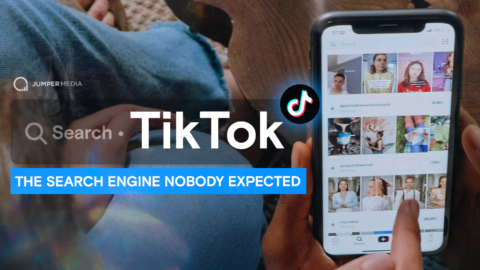As of 2019, there are currently 3.48 billion social media users in the world.
That’s like, half the frickin’ world!
And it includes babies, and grandmas, hermits, and a lot of folks in the third world, unfortunately, don’t have access to things like computers and cell phones…sad!
If you’re reading this, chances are social media has integrated and cemented itself in your day-to-day and isn’t going away anytime soon.
Ad dollars follow the eyeballs.
A rock-solid social media marketing plan is ESSENTIAL to a full-funnel, effective, well thought out marketing campaign in 2018.
In the early days, merely having a social media presence was enough. Life was good.
Marketing strategies on the platforms were not planned but created spontaneously. Brands and influencers “went viral” regularly.
And like most marketers, you were probably asleep at the wheel.
Stay woke…I mean…wake up!
Turn off the TV. Facebook and Instagram is where brands want to be.
Why? Let me count the ways:
- In 2017 time spent on mobile surpassed time spent watching TV for American households.
- For anyone under 40, that happened like 5 years ago.
- Gen Z doesn’t even watch TV.
- Social networks have all the data on their users, and they use it for more effective ads.
1 + 2 + 3 + 4 = Advertising on social media let’s you reach more people, faster, with more effective ads.
However, with 30% of millennial customers saying they engage with a brand on social media at least once a month, businesses are competing harder for their attention and dollars.
To keep up—and cash in—it’s necessary to be vastly more strategic in developing, planning, and executing a social media marketing strategy.
In the words of Mario himself…here we go!
The 11 Step Social Media Marketing Plan for Small Business
According to Campaign Monitor, a social media strategy summarizes the ways you plan to use your social platforms to promote your brand and its products. There are several fundamental tasks you’ll need to complete to develop such a strategy.
1. Do a Social Media Audit
Before you dive into the deep end, it’s imperative that you complete a social media audit. By reviewing your current social media accounts to determine what’s working, what’s failing, and what you can improve, you’ll begin to create a foundation for your social media strategy.
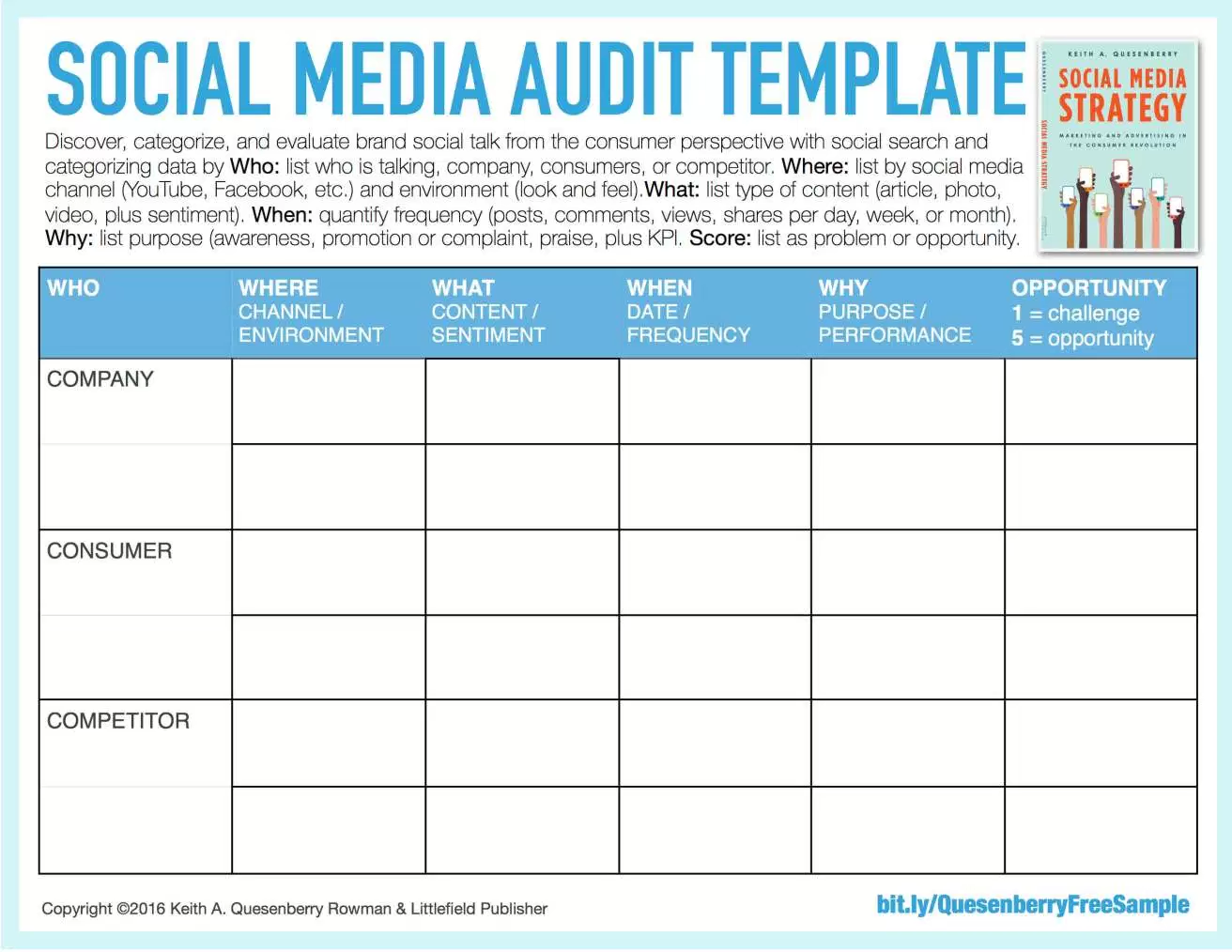
As part of your audit, you’ll want to identify a number of factors:
- The social media sites that generate the most and least engagement with your brand.
- The movement of your followers on each site: Are your follower numbers increasing, decreasing, or remaining steady?
- Your capacity to provide fresh content to all your social channels.
- How much time and money you’re spending on each channel over a given period of time.
- Your rate of return for resources diverted into each social media channel, which can be determined by how much traffic they direct to your website or how frequently customers reach you through those channels.
These, among other indicators, will help you identify which channels are already performing, albeit not optimally. From here, you’ll need to choose which two or three channels to prioritize.
Looking for structure? Check out Post Control Marketing’s audit template:
2. Identify Your Target Audience
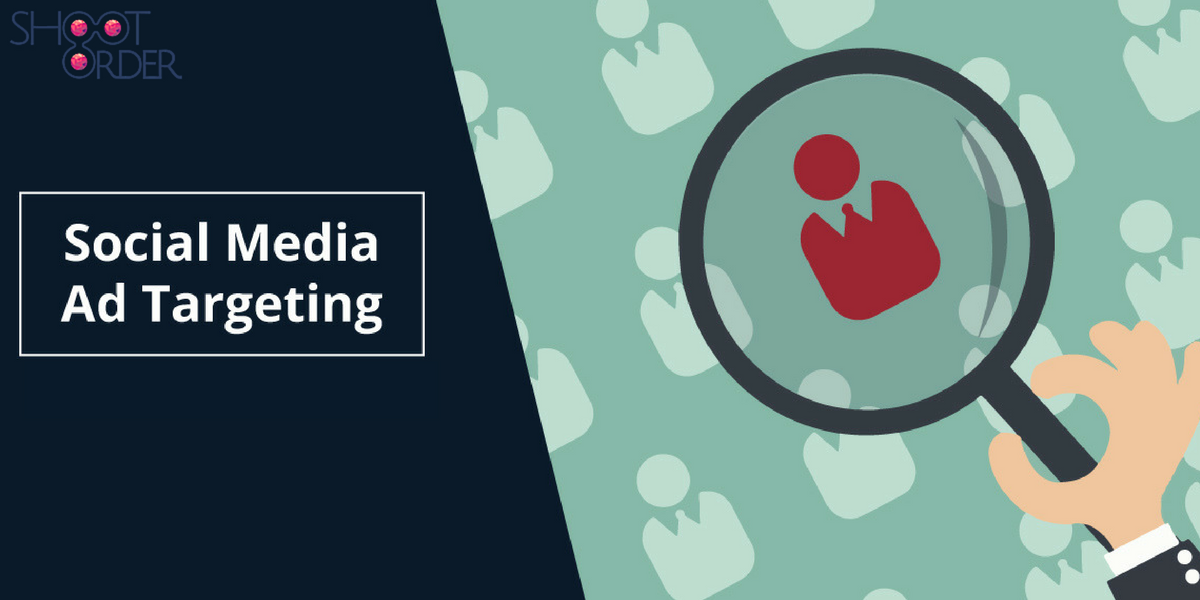
Just as with any marketing strategy, you want to identify your market and then target them directly in the most effective way. There are too many social media sites for most small businesses and brands to effectively market themselves on all of them. However, by understanding your demographics, and how that translates to participation on certain platforms, you can better focus your efforts.
If this is your first time thinking about your target audience, Hubspot’s MakeMyPersona can help you with the initial steps.
3. Choose 2-3 Social Media Platforms that best fit your Target Audience
You can’t be everything to everyone. Accept it now, before you fall too deep into the social media rabbit hole. It’s much more effective to be active on a few social media platforms—2-3 total—than to spread yourself too thin.
Pick your platforms based on where your customers hang out.

Facebook, with its 2 billion monthly active users, attracts people of all ages, income, and education levels. Specifically, it was found that Facebook attracts a majority of women (89%), 18- to 29-year-olds (88%), urban and rural dwelling (81%), users that earn less than $30,000 a year (84%), and users with some college experience (82%). Though this might seem like a very broad market, there are tools and strategies to focus your marketing on Facebook.
Twitter is most popular for ages 18-29 (36%), those living in urban locations (26%), and those earning anywhere from $50,000-$74,999 (28%).
Instagram is also dominated by those aged 18-29, but even more so, with this market segment making up 59% of the users. Unlike Twitter, the market segment earning less than $30,000 comprises the largest piece of the pie on Instagram at 38%.
It should be no surprise that LinkedIn is a better platform for targeting higher-income earners, such as those in the $75,000 or more range, and those with some college experience.
Like nearly all social media platforms, Pinterest is dominated by millennials, with 36% of users aged 18-29. However, Gen-Xers are a close second, making up 34% of the users.
Though demographics are essential for developing your marketing strategy, you also need to be aware of how each social network is perceived—there are certain cliches attached to all of them.
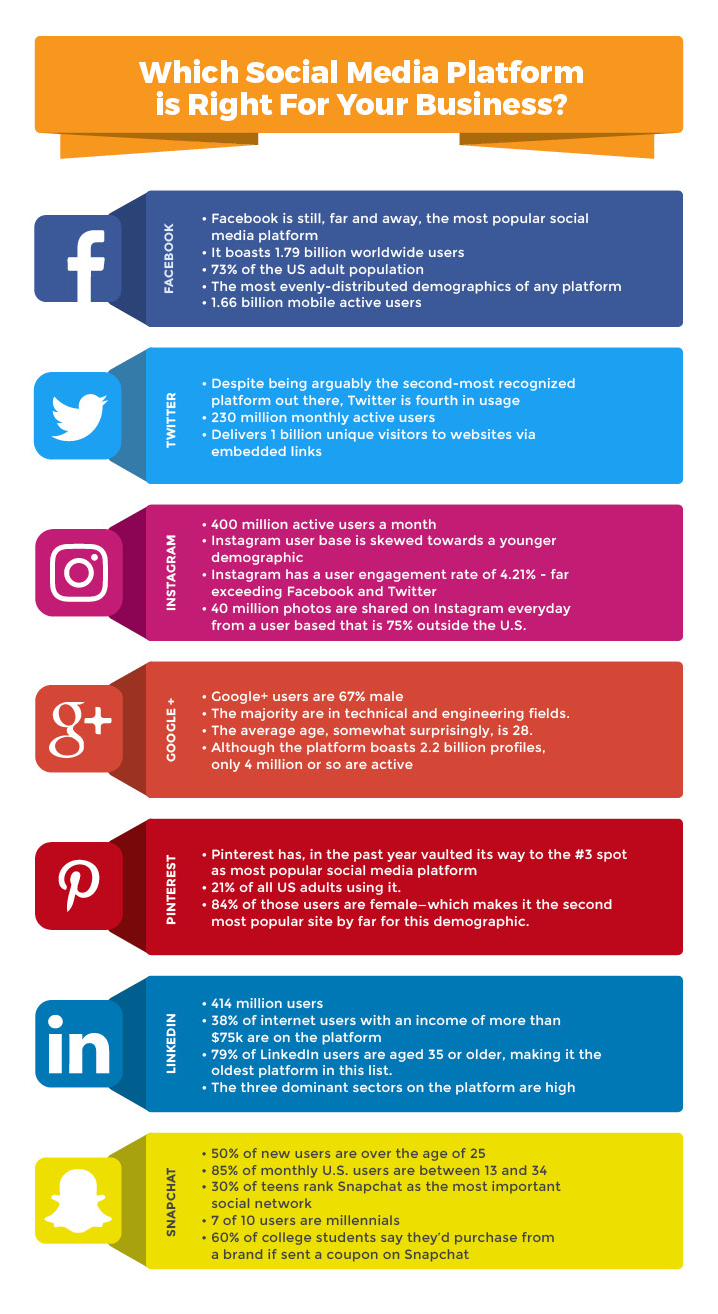
Instagram, for example, is where users mostly post perfectly curated life videos and images. An overwhelming amount of content can be defined as coming from “basic” people posting bikini, beach, sunrise, food, or coffee pictures.
Though Facebook is used by 8 out of 10 Americans, it’s thought of as being avoided by millennials because their parents are on it. The opposite is true for Twitter, as fewer millennials parents are active on the platform, so the generation is more comfortable being themselves on the network. LinkedIn is, of course, for users to put their best business foot forward, and Pinterest is for crafty moms.
Are these cliches about each social network hard rules? Absolutely not, however, they are worth keeping in mind when you’re developing your social media marketing strategy—understanding where your efforts will have the most impact.
In addition to knowledge on which social media networks your target market is most active, it’s important to monitor your metrics. Sometimes, a social channel may get better results despite what target audience data tells you.
4. Determine Your Most Important Metrics
Metrics are the most important part of your social media marketing strategy because they can tell you how successful your efforts are. Sadly, most marketers focus on the wrong ones.
It’s very easy to be caught up in vanity metrics, such as likes and number of followers. If they don’t contribute to an impact a business’s bottom line, then why bother discussing them?
Instead, the metrics you want to mostly focus on are conversions, click-through rate (CTR), brand mentions, engagement, and impressions/reach. Furthermore, the most important metrics will depend on your industry, company size, and goals.

When you start thinking about your most important social media key performance indicators (KPIs), you need to take a broad view. After all, it’s not just about social media success—it’s about accomplishing overall marketing goals.
Conversions are perhaps the most important metric for establishing the value of your social media accounts. Conversions are when a user becomes a client (or moves through the sales process) whether that’s by downloading a freebie or making a purchase. This is the end goal—unless you’re independently wealthy and simply spending money on developing meaningful content for the sake of developing meaningful content.
Another strong signal that your social media marketing strategy is effective is a high number of click-throughs from your social media accounts to your promotions or your company website. Redirecting traffic from your social media platforms is an essential step toward making conversions.
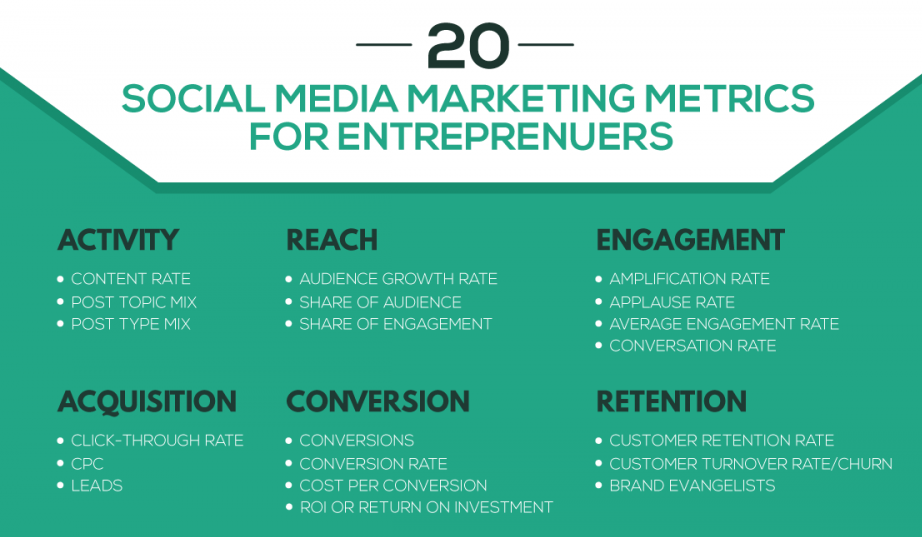
Along the same line as click-throughs are your CTR, which measures the number of times people click your link to the number of times your content was displayed. While the number of clicks tells you that there are people that visit your site, the CTR tells you which types of content attract visitors, and how effective it is in attracting visitors. If you have ten clicks and 1,000 impressions, you have a 1% CTR, which is better than having 10 clicks and 10,000 impressions (0.1% CTR).
Engagement is the next most important metric to track as it marks the ratio of the total number of social interactions to the number of times your content is seen. Engagement includes likes, comments, saves, re-tweets, and so on. A high level of engagement means that your content is connecting well with your audience and prompting them to act.
Impressions and reach are important indicators, as they can demonstrate that your strategy is on the right track—sometimes getting those conversions is simply a numbers game. Impressions are the number of times your content is seen, while reach refers to the number of accounts that have seen your content. So, if your content was viewed by one user twice, you have one measure of reach and two measures of impressions. They are important because they give you an idea of how far-reaching your content is, and they provide context for your engagement. An engagement rate of 100 per 1,000 impressions is much stronger than 100 in 10,000 impressions.
Brand mentions are also a metric you’ll want to keep an eye on. When customers are happy with your products or services, they will tag you, mention your brand, or use your hashtags on social media. If you can generate enough positive brand mentions in a short period of time, it’s possible to create a buzz or even begin to trend, which is perhaps the best kind of free advertising for your brand.
5. Set Social Media Marketing Goals
After identifying which channels have the highest potential return on investment (ROI) for your brand or business, you can start creating goals for your social media strategy.
As with all business goals, the most important part is that they are SMART: specific, measurable, attainable/achievable, relevant, and timely. If you had to choose only three of these factors for your social media strategy—like everyone, you’ve got a lot on your plate—you should set measurable, attainable, and timely goals.
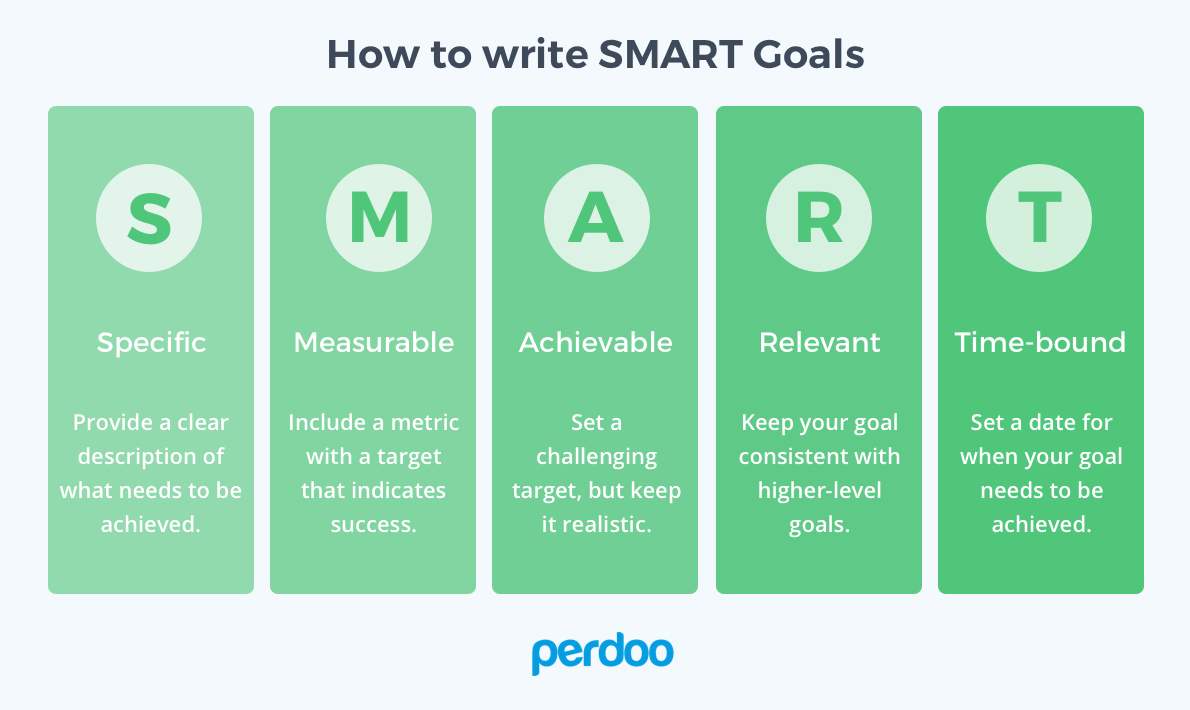
For your goals to be measurable, you’ll be chasing a KPI. Your KPI can be different for each platform and can consist of several of metrics, such as the number of followers, total shares, brand mentions, reach, conversion rate, or engagement (comments and likes).
At the strategy development stage, it’s easy to become too ambitious and set unrealistic goals for all of your social media channels. Instead, you need to focus on smaller, attainable goals so that you can remain motivated in the long run. The idea is to select a few goals that will result in the best ROI. You can revisit goals as they’re accomplished.
The difference between a goal and a dream is a deadline. Breaking down larger social media marketing strategy goals into smaller goals in smaller time frames will help you stay more focused on achieving the final objective (and more likely to do so). Documenting your goals and benchmarks are important, as writing them down makes them 42% more likely to be achieved.
6. Research Your Competitors
The final step in developing your social media marketing strategy is to take a look at what your direct competitors, as well as others in your industry, are doing on social media networks. Take notes about what appears to be resonating with their target market and what is flopping. Then, adapt and modify their success, as well as learn from their failures.
7. Create and Share Engaging Content
With all the insights you’ve gleaned from your audit and research, you’re much better equipped to create a content plan for your social media sites. You should also now have an idea of exactly what type of content—blog posts, videos, podcasts, infographics, photos—you want to produce. You should also make sure that you’re aware of a few technical basics (like optimal dimensions and file sizes) for the different platforms you’ll be using.Regardless of this new information, make sure that all the content you are creating fits with your brand’s identity.
8. Give Your Audience What They Want
When developing content, you need to strike a balance between promotional content and useful content. About 46% of social media users said they would unfollow a brand that posted too much promotional content and 41% of users said they would unfollow a brand that shared irrelevant content.
BuzzSumo analyzed social share data from 100 million articles over eight months to get an idea of what kind of content resonates best with users. They found that infographics and lists were among the most shared types of content. They also found that having more than one image leads to more shares and that long-form articles (more than 1,000 words) are shared more than short-form articles.

If you have the capabilities—as in (at least) a smartphone and plenty of creativity—you can also start taking advantage of the rapidly growing video content trend. The video is highly engaging, with 90% of shoppers saying video helps them make a purchasing decision. Additionally, it’s expected to make up 80% of the internet’s traffic by 2019.
The key is to find ways to develop these more popular sorts of content in ways that allow you to also remain true to your brand.
9. Be Social and Build a Community
It’s not enough to create amazing content and share them on your social sites. It’s also imperative that you interact with your audience. A survey found that 84% of customers expect brands to respond to them within 24 hours, but 89% of social media messages to brands are ignored.
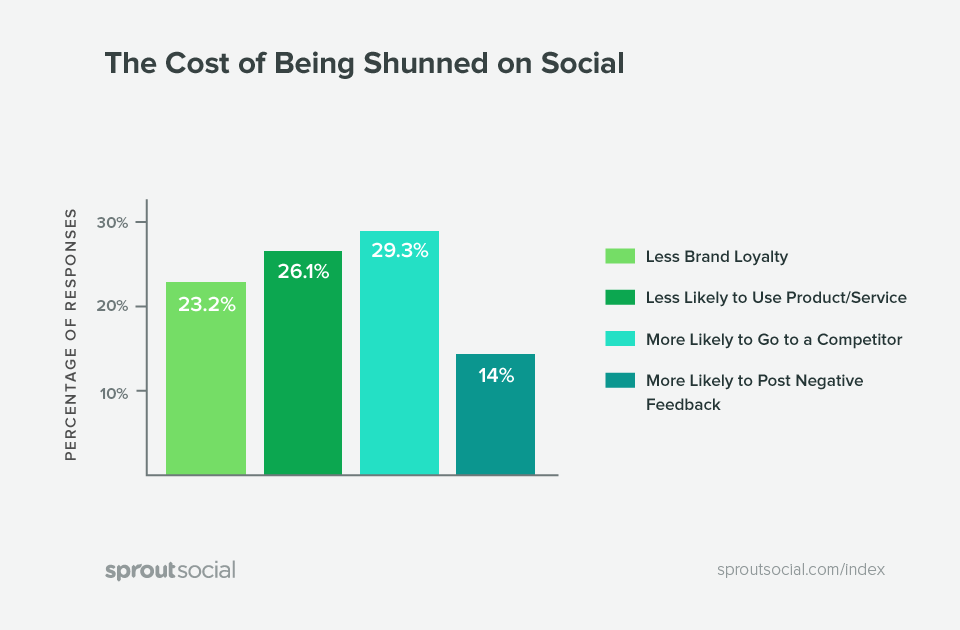
If companies are that lax in responding to direct messages, it’s frightening to think about how bad they are at replying to comments and staying social on their platforms. What’s, even more, worrying for a business that’s failing to be responsive to social media is that 54% of millennials will stop doing business with a brand with poor customer service.
It’s easy enough to set yourself apart from other brands by showing your audience and clients that you care by engaging with them on social media. Not only does this show your appreciation, but it also gives your brand a more personalized touch.
10. Determine the Optimal Times to Post
Posting your content at the right time can make all the difference. If you’re looking for when to post, check out a study by CoSchedule that identifies the best times to post on social media.

Though CoSchedule and other social media scheduling tools can help you determine when you should be posting, you should also sift through the analytics yourself and look for trends and patterns relevant to your specific audience.
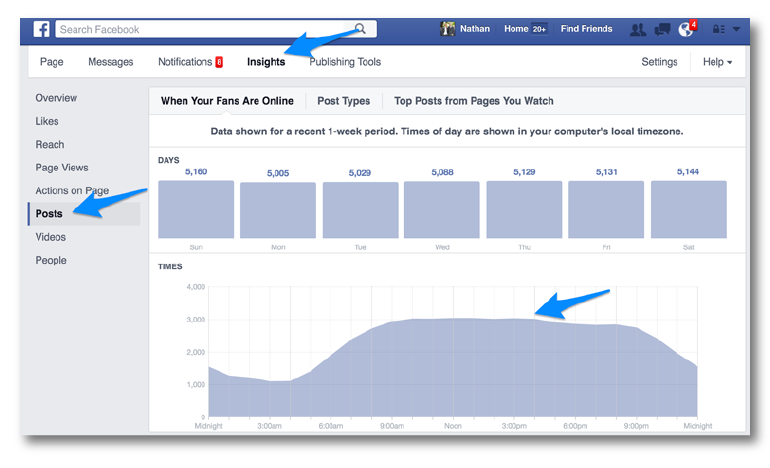
To remain systematic, it’s best to create a content plan or calendar that identifies when posts are supposed to go out on social media accounts.
11. Track Your Results
Once you’ve launched your social media marketing strategy, you need to ensure that it’s meeting your goals—as well as looking for opportunities to continuously improve it. Social media trends rapidly change, making it essential for you to keep your finger on the pulse.
How to Develop a #Winning Social Media Marketing Plan and Stick to It
By recognizing your brand’s need for a social media marketing strategy, you’re already moving the right direction.
Following a serious audit of all your channels to identify your strengths and weaknesses, you can begin focusing your efforts to reach specific demographics with the right kind of content to optimize your ROI.
In English: the more you understand yourself the more you put yourself in a position to succeed.
Social media is a long game. It’s a long game of self-awareness and lots of work. You have to do, react, revise, and repeat 100 times until one day, maybe, you win.
The days of hitting it big with 1 viral piece of content are over. Get that ridiculous fantasy out of your head. Please.
Instead, think of social media success like interest. It compounds on itself. You get better. You build confidence. Momentum builds. Day in, day out. One day at a time.
The game we’re playing is Get Rich Slowly not Get Rich Quickly. (Replace rich for famous, successful, happy – you get the picture.)
Folks who “make it” all have one thing in common: they worked HARD at it.


